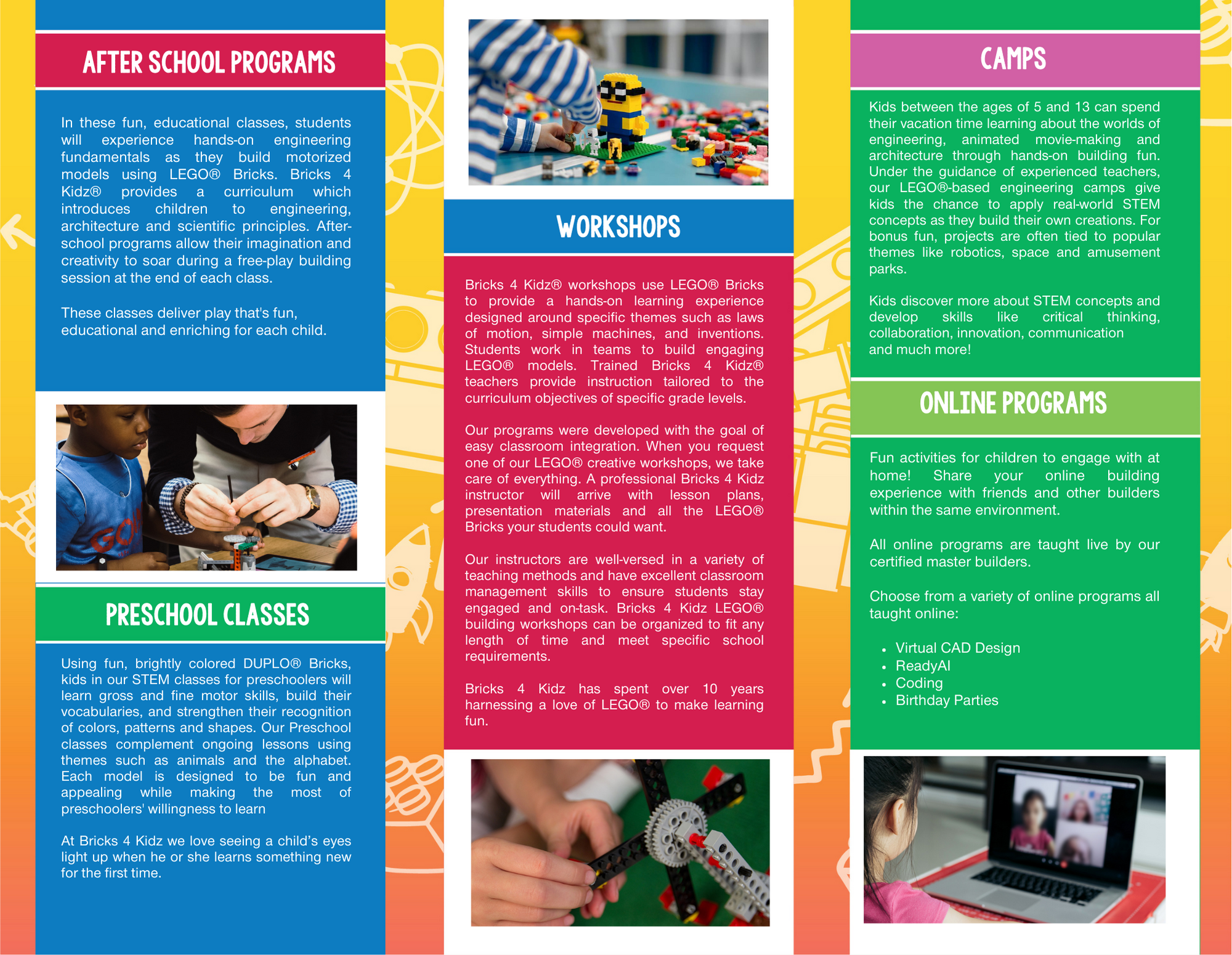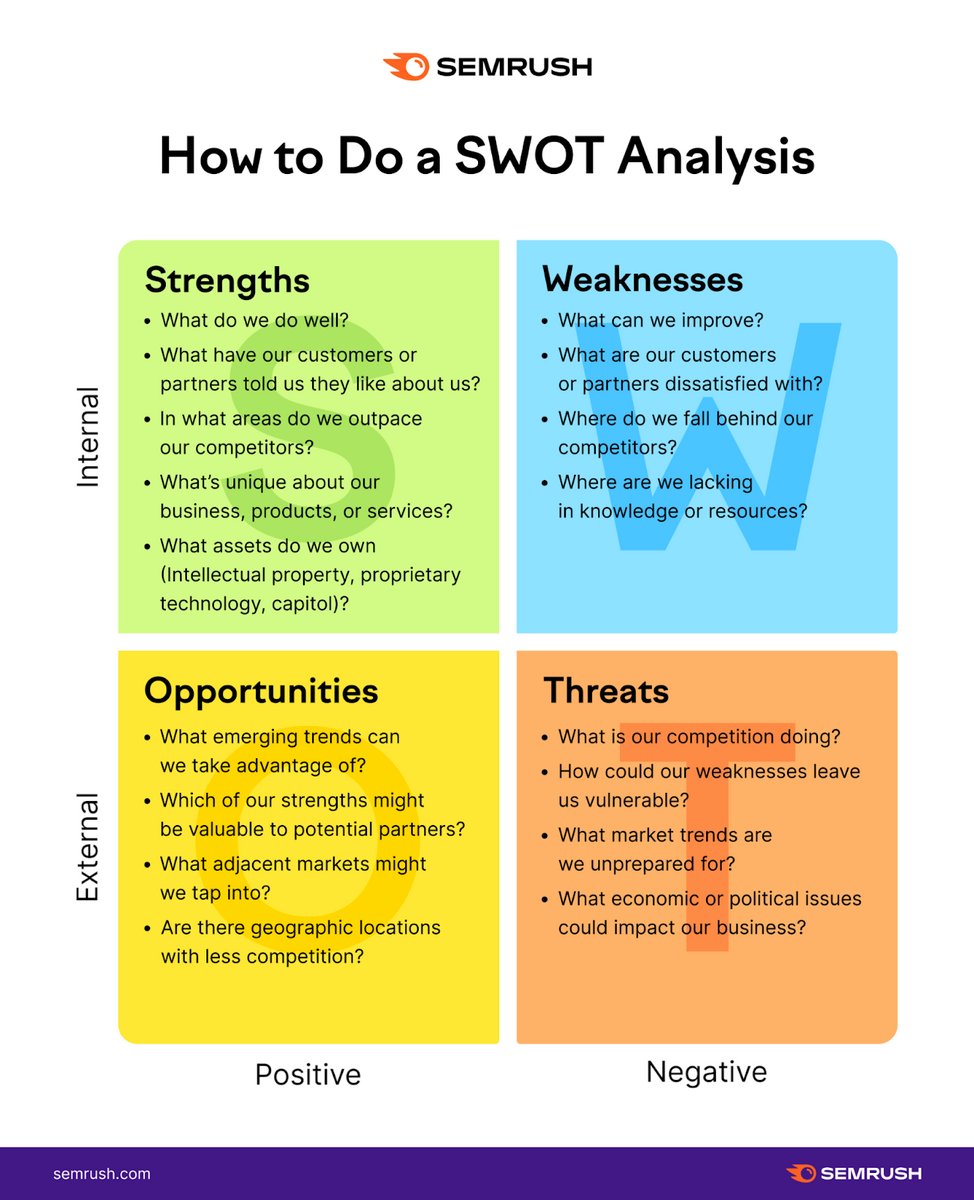The Single Strategy To Use For Irvine After School Care Programs
The Single Strategy To Use For Irvine After School Care Programs
Blog Article
Local After School Programs Irvine Things To Know Before You Buy
Table of ContentsOrange County After School Stem Programs for DummiesIndicators on Stem Learning Centers Irvine You Should KnowTop Guidelines Of Stem After School Activities IrvineIrvine After School Sports Programs Fundamentals ExplainedLittle Known Facts About Creative After School Programs Irvine.
"I think there's some value in letting them attempt it and see exactly how it goes. If all of those things are truly crucial to the child, they may locate a method to make it function and find out really vital time management abilities at the same time things like how to obtain your homework done even when you're using a sporting activities team and taking a dance course." Regrettably, overscheduling children in a lot of after-school activities can take a toll on both the youngsters and their moms and dads, and it's becoming significantly common a startling fad that Kaur has observed in her method. "Disorganized play promotes social skill development, and kids develop analytic skills," she claims. Kaur claims unstructured playtime has actually ended up being so deprioritized that an American Academy of Pediatric medicine report recently motivated doctors to suggest play to aid make it a lot more typical for youngsters once again.
"Disorganized play promotes social skill development, and kids develop analytic skills," she claims. Kaur claims unstructured playtime has actually ended up being so deprioritized that an American Academy of Pediatric medicine report recently motivated doctors to suggest play to aid make it a lot more typical for youngsters once again.10 Easy Facts About Stem After School Activities Irvine Described
Set up downtime Another method to aid hectic children, Kaur says, is to arrange at least an hour a week for family time to loosen up and have quality communications together. This can be anything from food preparation or playing a game to seeing a motion picture as a family members, she states.
"It's so helpful for a kid's development and enabling them to select a task they delight in and shutting out an afternoon or weekend break time for the child to seek their very own interest," she says. 4. Technique moderation While it's alluring to have your kid associated with a million activities in order to look like an excellent college candidate, Kaur states, focus on what the children value and where their rate of interests are, and consider picking simply a couple of activities that are significant.
 5. Try mindfulness In her business, Parets has additionally observed a plain rise in stressed and overscheduled kids, and she sees yoga and mindfulness as a potent remedy. She started her very own youngsters on yoga exercise from a young age and saw just how much it assisted them. In families with stressed out children, she suggests dropping them to simply one extracurricular and after that bringing them to yoga exercise.
5. Try mindfulness In her business, Parets has additionally observed a plain rise in stressed and overscheduled kids, and she sees yoga and mindfulness as a potent remedy. She started her very own youngsters on yoga exercise from a young age and saw just how much it assisted them. In families with stressed out children, she suggests dropping them to simply one extracurricular and after that bringing them to yoga exercise.The Greatest Guide To Irvine After School Care Programs
You need to locate some balance; if that activity you're taking them to is significant to them, then it functions better for the entire family. They're pleased, you enjoy.".
For additional discussion of key terms, please go to AIR's Acknowledging the Role of Research and Proof in Out-of-School Time. Know evidence-based methods read this for use in out-of-school time learning Review the referrals from the What Works Clearinghouse's Technique Overview, that include: Lining up the program academically with the institution day Making best use of student engagement and participation Adapting instruction to private and tiny team needs Providing engaging discovering experiences Examining program performance and the usage of results to enhance the top quality of the program Acquaint yourself with the complying with checklist of evidence-based practices for out-of-school time discovering, as well as practices that have been advised by out-of-school time learning experts however might not yet have rigorous evidence supporting their execution: Program framework Program material and practices Program implementation and partnerships Discover existing evidence-based programs and techniques Look in the What Works Clearinghouse (WWC) for a listing of programs that have evidence straightened to the end results you are making for.
Each weekday afternoon, at the very least 8 million "latchkey" kids are left alone and without supervision (Division of Education, 2002). Just 20% of a child's waking hours are invested in college (Miller, 1995). Both moms and dads are in the workforce and children are left unsupervised after school and during summertime getaways. The highest possible criminal activity rate throughout the week is from 3:00 -7:00 p.m.
There was a 53.4 % decrease in retention in the key grades associated with the program. The price savings to the state as an outcome of the reduction in pupil retention is significant. Savings in 2001-2002 are forecasted at even more than $11 million. Additional cost savings are realized as an outcome of a reduction in adolescent crime.
The 5-Minute Rule for Irvine After School Care Programs
It is estimated that greater than 100,000 young people are being offered (Division of Education And Learning, 2002). Peterson and Fox (2004) recommend the complying with vital parts of effective programs: Academic offeringshomework support, tutoring, hands-on learning, analysis and composing enrichment; Enrichment and accelerated learningexposure to visual and carrying out arts, expedition, personality education and learning, vital assuming skills, international languages, and innovation; Supervised recreationorganized sporting activities and sporting activities education; andCommunity serviceconnects trainees to the neighborhood.
Journal of Education And Learning visit the website Financing, 15, 302-318. Advertising young people advancement in metropolitan neighborhoods: Unmatched success for the Quantum Opportunities Program. Larchmont, NY: Eye on Education and learning.
Each weekday mid-day, at the very least 8 million "latchkey" kids are left alone and not being watched (Department of Education And Learning, 2002). Just 20% of a kid's waking hours are spent in school (Miller, 1995). Both moms and dads are in the labor force and children are left unsupervised after institution and during summertime getaways.
Not known Factual Statements About After School Tutoring Irvine
It is estimated that more than 100,000 young people are being offered (Division of Education, 2002). Peterson and Fox (2004) recommend the complying with vital components of reliable programs: Academic offeringshomework support, tutoring, hands-on knowing, reading and creating enrichment; Enrichment and accelerated learningexposure to visual and executing arts, school trip, character education and learning, critical thinking abilities, international languages, and innovation; Monitored recreationorganized sporting activities and sporting activities education; andCommunity serviceconnects students to the area.
Journal of Education And Learning Money, 15, 302-318. Hahn, A. (1994, October). Promoting youth development in city neighborhoods: Extraordinary success for the Quantum Opportunities Program. (A Forum Brief). Recovered February 6, 2004. Available: http://www.aypf.org/forumbriefs/1994/fb102894.htm!.?.!.Life before after-school programs.(2002, July/August). Neighborhood Update, 98, 9. Miller, B. M. (1995). Out-of-school time: Results on learning in the primary qualities. 4, Wellesley, MA: National Institute on Out-of-School Time, Wellesley University. Peterson, T. K. and Fox, B. (2004). After-school program experiences: A time and tool to reduce dropouts. In J. Smink & F. P. Schargel (Eds.), Helping Pupils Grad: A Critical Method to Dropout Avoidance (pp. 177-184). Larchmont, NY: Eye on Education and learning. Posner, J.K., and Vandell, D.L.
Report this page